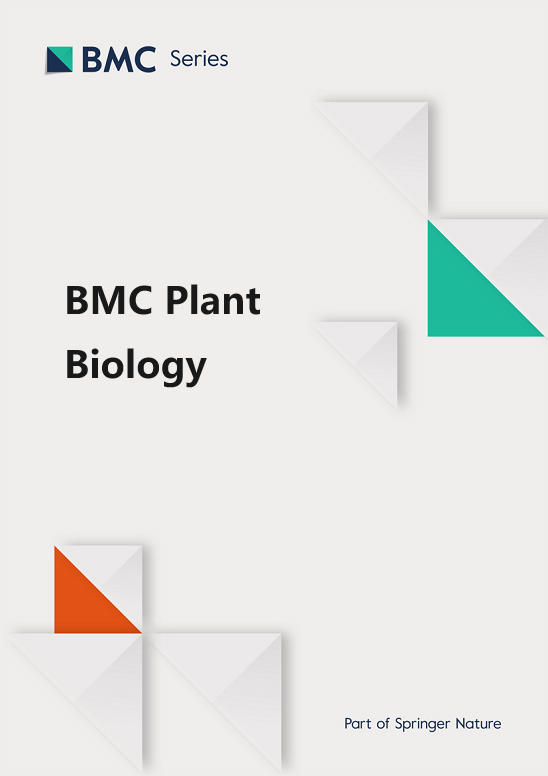PEG 处理不适合研究大麦(Hordeum vulgare L.)根部相关性状,因为它会改变根部解剖结构
IF 4.3
2区 生物学
Q1 PLANT SCIENCES
引用次数: 0
摘要
由于气候变化,非生物胁迫事件(尤其是干旱)的频率和严重程度都在增加。植物根系是吸收水分的最重要器官,也是最先受到水分限制影响的器官。因此,将根系性状纳入干旱胁迫耐受性研究变得越来越重要。然而,在田间条件下进行表型分析仍然是一项具有挑战性的任务。在本研究中,植物在以聚乙二醇为渗透胁迫剂的水培系统和沙盆中生长,以考察 11 个春大麦基因型的根系。显微镜下研究了对干旱反应不同的两种基因型的根系解剖结构。在聚乙二醇处理下,根直径明显增加了 54% (p < 0.05),但在沙盆干旱胁迫下,根直径明显减少了 12% (p < 0.05)。与对照组相比,聚乙二醇处理增加了根尖直径(51%),减少了伸长区直径(14%)。在干旱胁迫下,与聚乙二醇处理过的植株(r = -0.22)相比,沙盆栽培植株的嫩枝质量与田间条件下嫩枝质量的相关性更高(r = 0.30)。这些结果表明,大麦根系通过根尖吸收聚乙二醇,而聚乙二醇会阻止根系进一步吸收水分。因此,聚乙二醇引发的渗透胁迫不适合研究大麦根的形态特征。在沙盆中生长的根系结构与在田间条件下生长的根系结构更为相似。本文章由计算机程序翻译,如有差异,请以英文原文为准。
PEG treatment is unsuitable to study root related traits as it alters root anatomy in barley (Hordeum vulgare L.)
The frequency and severity of abiotic stress events, especially drought, are increasing due to climate change. The plant root is the most important organ for water uptake and the first to be affected by water limitation. It is therefore becoming increasingly important to include root traits in studies on drought stress tolerance. However, phenotyping under field conditions remains a challenging task. In this study, plants were grown in a hydroponic system with polyethylene glycol as an osmotic stressor and in sand pots to examine the root system of eleven spring barley genotypes. The root anatomy of two genotypes with different response to drought was investigated microscopically. Root diameter increased significantly (p < 0.05) under polyethylene glycol treatment by 54% but decreased significantly (p < 0.05) by 12% under drought stress in sand pots. Polyethylene glycol treatment increased root tip diameter (51%) and reduced diameter of the elongation zone (14%) compared to the control. Under drought stress, shoot mass of plants grown in sand pots showed a higher correlation (r = 0.30) with the shoot mass under field condition than polyethylene glycol treated plants (r = -0.22). These results indicate that barley roots take up polyethylene glycol by the root tip and polyethylene glycol prevents further water uptake. Polyethylene glycol-triggered osmotic stress is therefore unsuitable for investigating root morphology traits in barley. Root architecture of roots grown in sand pots is more comparable to roots grown under field conditions.
求助全文
通过发布文献求助,成功后即可免费获取论文全文。
去求助
来源期刊

BMC Plant Biology
生物-植物科学
CiteScore
8.40
自引率
3.80%
发文量
539
审稿时长
3.8 months
期刊介绍:
BMC Plant Biology is an open access, peer-reviewed journal that considers articles on all aspects of plant biology, including molecular, cellular, tissue, organ and whole organism research.
 求助内容:
求助内容: 应助结果提醒方式:
应助结果提醒方式:


